Quick Answer
The number of floor lamps you should have in your living room depends on the size of the space:
- Small Rooms (up to 100 square feet): Typically need 1 or 2 lamps.
- Medium Rooms (101 to 250 square feet): Generally require at least 2 lamps; consider a third for darker corners.
- Large Rooms (251 square feet and above): Start with 2 to 3 lamps; add more if you have many features or areas to highlight.
Introduction
Lighting can make or break the mood of your living room, and floor lamps play a huge role in getting it just right. They're not only practical—they're pieces of decor that shape the personality of your space. If you're puzzling over the number of floor lamps that strike the perfect balance between cozy and chic, you're in the right place. This guide will help you light up your living room in a way that's as functional as it is stylish, hitting that sweet spot where form meets function.
How Does Your Living Room Measure Up?
Sizing Up Your Space
Before you even think about shopping for floor lamps, let's talk about the space they'll call home. Grab a tape measure and jot down the length and width of your living room. This isn't just busy work—it's the key to knowing how light or dark your space can get. Why? Because the size of your room affects how much light you need. A big room might need several light sources, while a small one could do with a single well-placed lamp.
Working with What You've Got
Next, take a look around during the day: How much sunlight streams in through your windows? Plenty of natural light means you might lean more on lamps when it's dark outside, whereas rooms that don't get much sun need extra help from artificial lighting throughout the day. Remember, the goal is to complement the natural light, not compete with it—when the sun goes down, your lamps are there to pick up the slack, creating a seamless transition from day to night.
What Can Floor Lamps Really Do for Your Living Room?
1. Creating the Right Mood
Think of your living space as a cozy backdrop to life's moments. Ambient lighting from floor lamps is like your home's own sunlight, giving you that blanket of light that makes everything look just right. No harsh glares, just an even, comforting luminosity that keeps the vibe calm and inviting.
2. Spotlight on Tasks
Now, let's get specific—task lighting is all about focus. It's the kind of light that zeros in on what you’re doing. Whether you're lost in a book or busy with a crossword, a floor lamp with a flexible neck means you can twist and turn the light to where your eyes are working the hardest.
3. Drama with Accents
Accent lighting? It’s the secret to those 'wow' moments in your room. It adds a pop of visual flair, drawing the eye to your favorite art or making wall textures come alive. A directional floor lamp can throw the perfect spotlight, creating an instant atmosphere without overpowering the room.
4. Multi-functional Marvels
For smaller rooms, every item needs to earn its spot. Enter the multitasker: a floor lamp with shelves. Not only does it light up your space, but it also gives you a place to show off keepsakes and knick-knacks, all while saving precious floor space.
5. Brightness on Demand
Life’s full of changes, and your lighting should keep up. A floor lamp with a dimmable feature lets you tweak the brightness to suit whatever you’re up to—from bright for a busy afternoon of work to soft and mellow for that evening wind-down.
Shop Our Premium Lighting Collection
Explore our hand-selected bestsellers featuring crystal chandliers, pendant lights, wall scones and authentic alabaster stone:
How to Determine the Ideal Number of Floor Lamps
Illuminate by Room Size
Let's break it down by room size. It's not just about the lumens; it's about how many lamps it takes to spread that light around.
- Small Rooms (up to 100 square feet): Start with one floor lamp. If your decor is minimalist and you have plenty of natural light, one might be all you need. But if you love a cozy, den-like atmosphere with richer, darker colors, you might opt for two lamps to ensure the light reaches all corners.
- Medium Rooms (101 to 250 square feet): Aim for two floor lamps placed strategically in opposite corners or flanking your main seating area. If you lean towards more maximalist decor or have lots of shadowy nooks, consider adding a third lamp to brighten up any dark spots.
- Large Rooms (251 square feet and above): Here, you could go with two to three floor lamps depending on the layout. Open concept or sparsely furnished? Two lamps could suffice—one at each end. But with more furniture, bookshelves, and art, you might add a third or even a fourth lamp to highlight specific areas or create intimate pockets of light.

Balancing With Overhead Lighting
Your overhead lighting plays a crucial role as well. In rooms with strong overhead lighting, floor lamps can serve more for accent or task lighting rather than the main light source.
- With Strong Overhead Lighting: One to two floor lamps will complement a bright overhead light in medium to large rooms, usually placed beside or behind seating for tasks like reading or close work.
- Without Overhead Lighting: In this case, you’ll rely more heavily on floor lamps. Small rooms may need two, while medium and large rooms should start with three, positioned to evenly distribute light across the entire area.
Matching Decor Style
- For Minimalist Spaces: In a room where every piece has to justify its existence, one floor lamp with a sleek design may be all you need. It's about choosing a lamp that delivers both on style and brightness. If the room is on the larger side or you have darker corners, consider adding just one more. This second lamp should complement the first, maintaining that clean, uncluttered aesthetic distinct to minimalism.
- Embracing Traditional or Eclectic Vibes: Rooms dressed in traditional garb or sporting an eclectic mix are the perfect stages for multiple floor lamps—each adding its own personality. Typically, two would be your starting point, ensuring they harmonize with the existing decor. If your living room spans a wider area, especially with sections like reading corners or display cabinets, you might go up to three or four lamps. Opt for varying heights and designs to create layers of light, which is key to these styles.
Keep experimenting until you find the right balance -- after all, the perfect number for you will bring together the best of practicality and design flair.
Strategic Placement: Positioning Your Floor Lamps for Maximum Impact
When it comes to placing your floor lamps, it's not just about filling dark corners—though that's important too. It's about creating layers of light that complement both your room’s size and your design style while considering the number of lamps you've chosen.
1. For a Single Lamp:
In a smaller room or within a minimalist setting, place your singular floor lamp where it can serve multiple purposes. Near a reading chair or over a worktable makes the most sense—it turns the lamp into both an accent piece and a functional item. If the lamp is particularly tall or casts a wide glow, position it so it can also light up a good swath of the surrounding area.
2. Balancing Two Lamps:
With two lamps in play, symmetry is often your friend, especially in traditional settings. Flank a sofa or fireplace to create a visually balanced composition. In a modern space, consider placing them at diagonally opposite ends of the room. This setup draws the eye across the space and ensures an even distribution of light.
3. Working with Three or More:
Here's where you can really start to sculpt with light. In larger rooms or eclectic spaces, distribute your lamps to highlight various ‘zones’. One could be near a favorite armchair, another by a loveseat, and a third could illuminate a beautiful indoor plant or sculpture. Keep in mind the traffic flow of the room—you don't want lamps to become tripping hazards.
4. Consider the Room's Features:
No matter how many lamps you have, think about your room’s best features. Have stunning artwork? Angle a lamp to showcase it. Want to highlight a statement piece of furniture? Place a lamp nearby to draw the eye. It's all about using light to enhance your home's unique charm.
5. Adjusting to Room Size and Layout:
When arranging floor lamps, the size and shape of your room are your blueprint. In cozy quarters, choose a versatile lamp that can light up your reading spot and add a warm glow to the rest of the room too. It's all about getting the most out of every inch. For more spacious areas, place lamps where they can shine on their own, like next to a big couch or by a grand piano, creating inviting pools of light. Aim for an even spread throughout the room, steering clear of shadows and glare, to craft a welcoming and evenly lit space from wall to wall.
Light Your Living Room Right: Find the Perfect Number of Lamps
Ending on a bright note, let's make lighting simple. Finding the perfect number of floor lamps for your living room boils down to a few key ideas: consider your space, from cozy nooks to grand rooms, and match your lamps to the mood you're after. Whether it's one lamp that does it all or several that add warmth to every corner, striking that balance between light and life is crucial. So go ahead, pick out your lamps and light up your living space. It's time to shine!

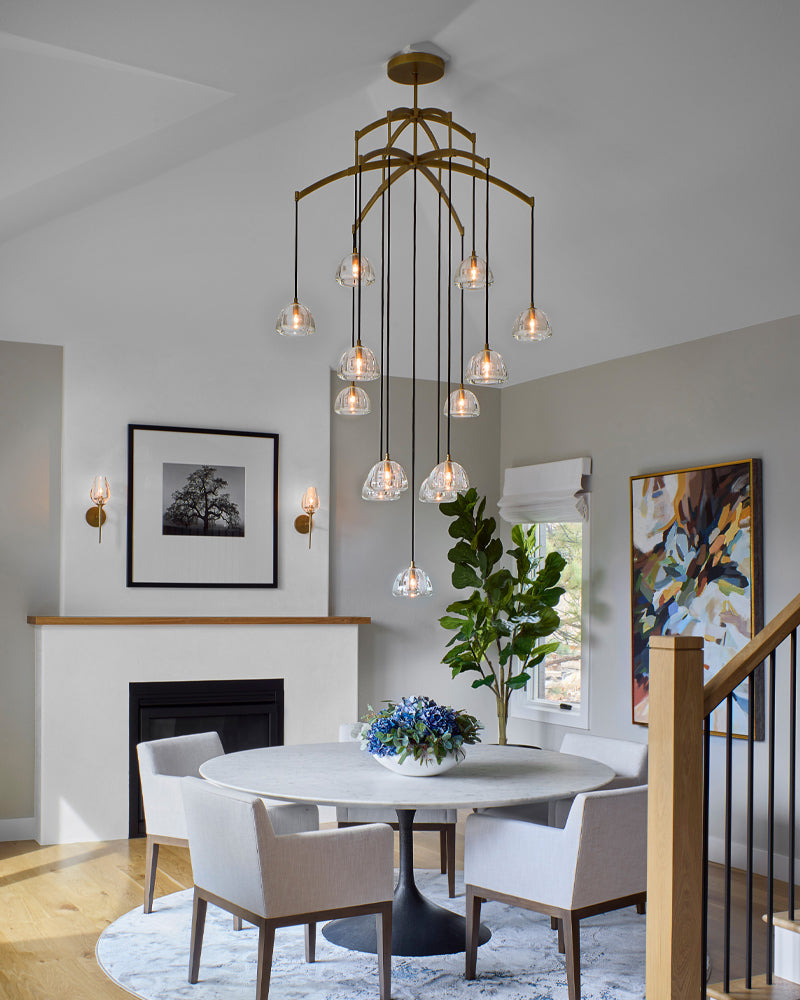
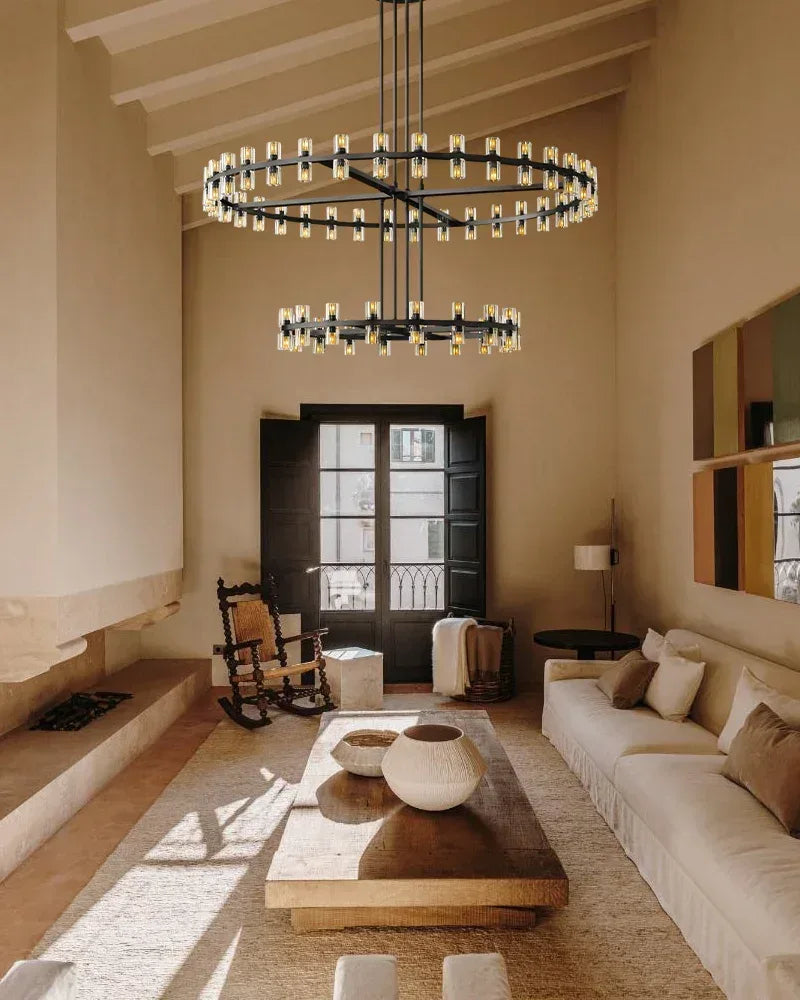
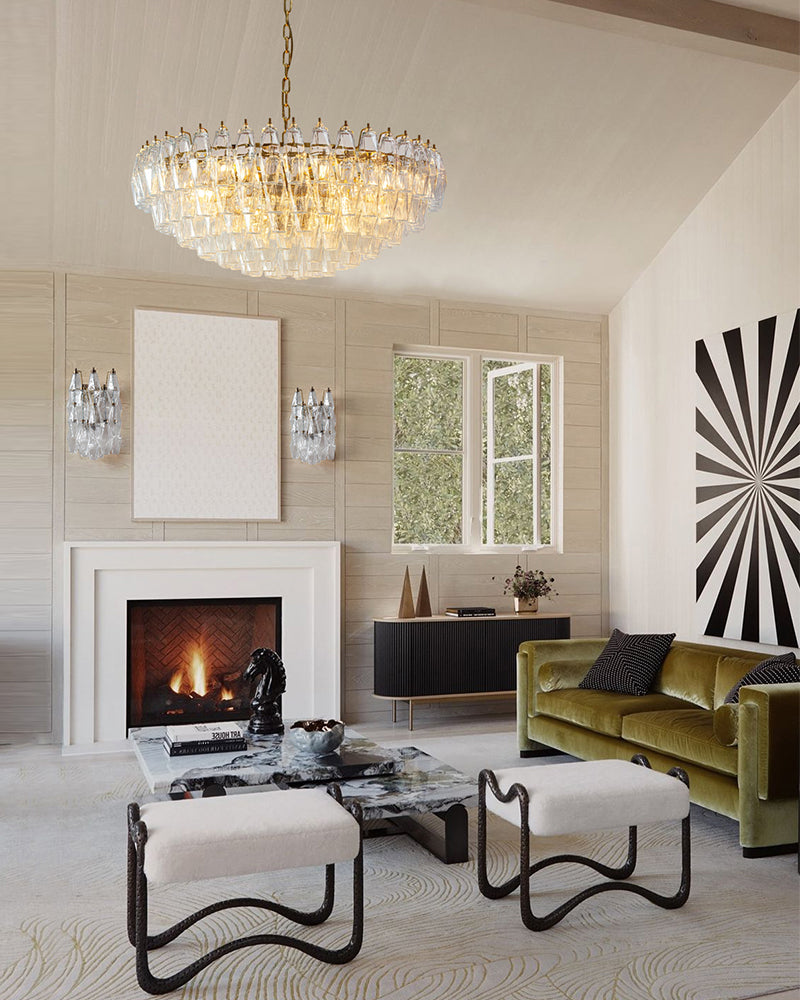
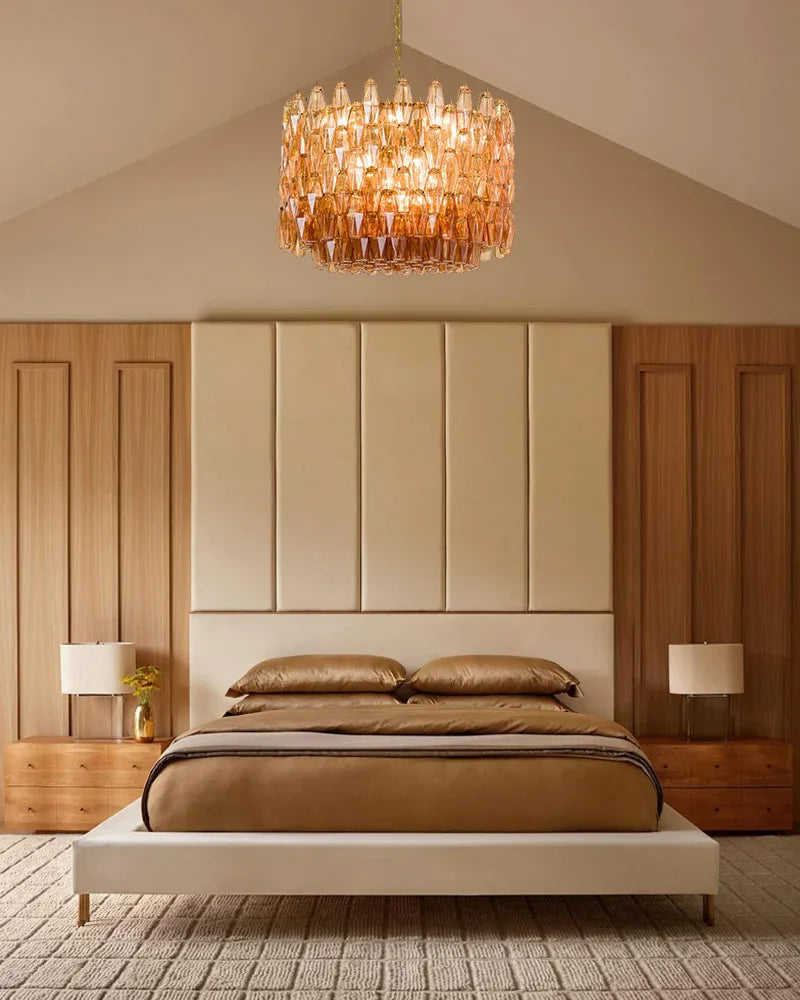
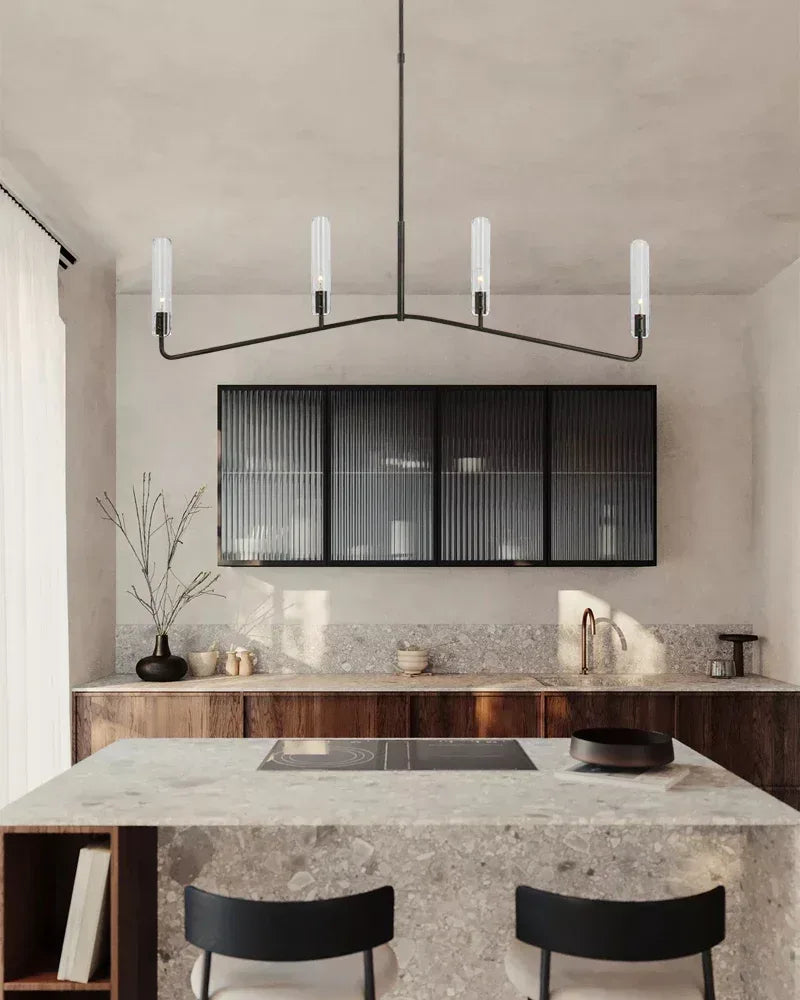
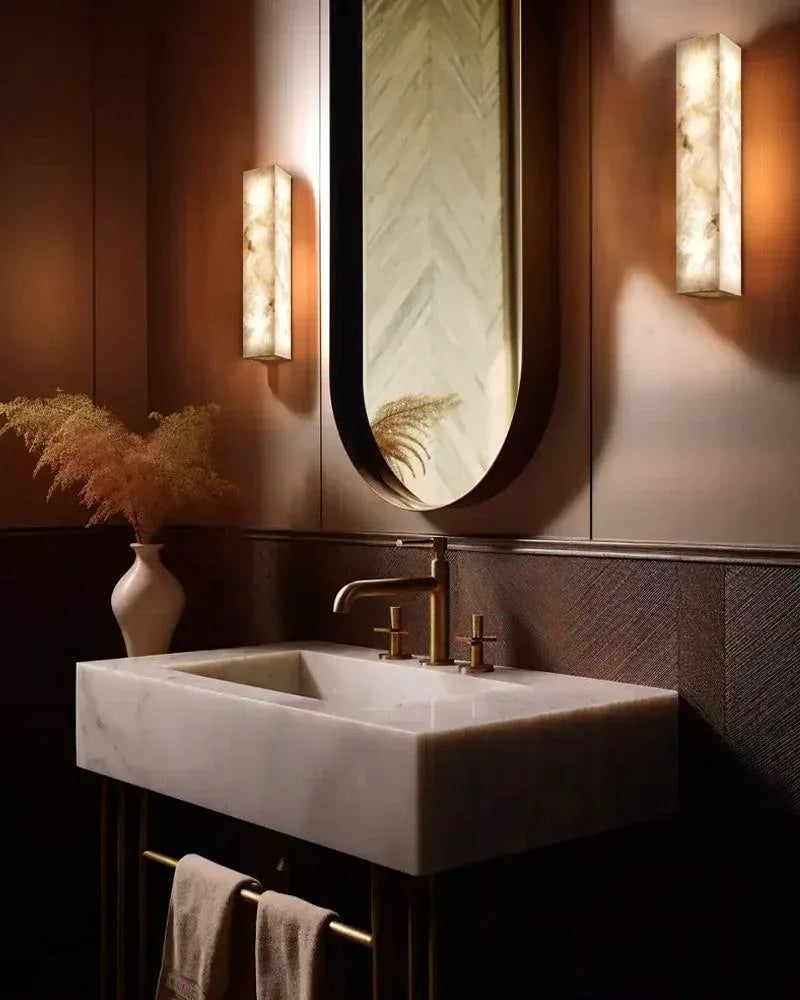
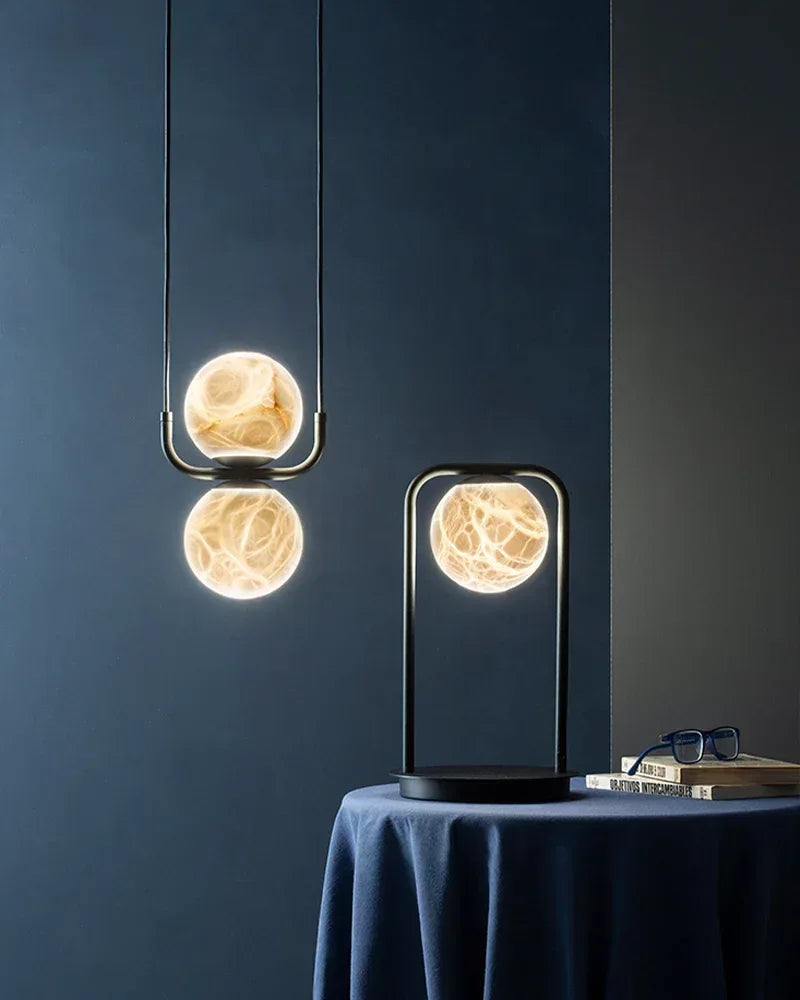
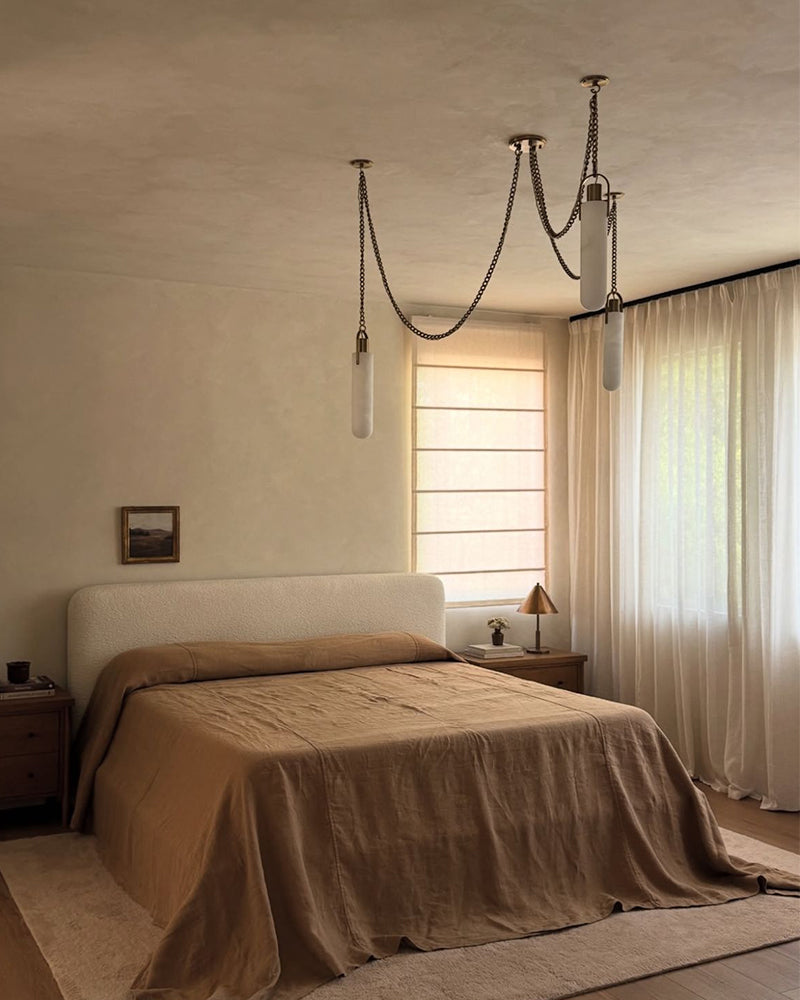
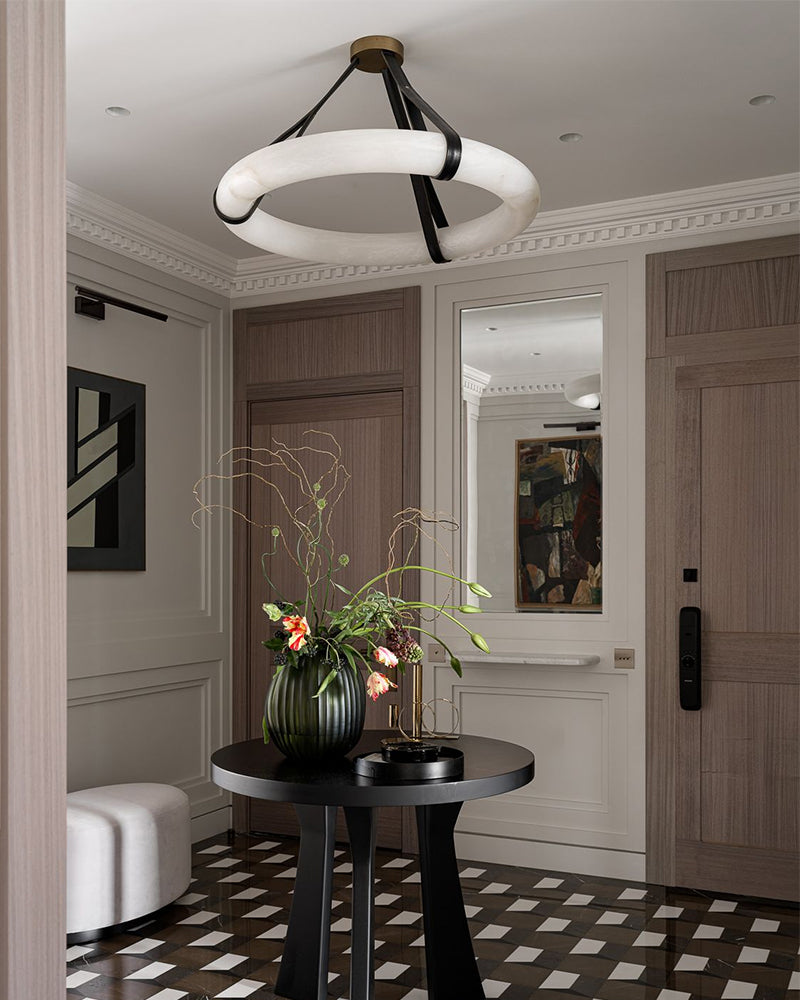
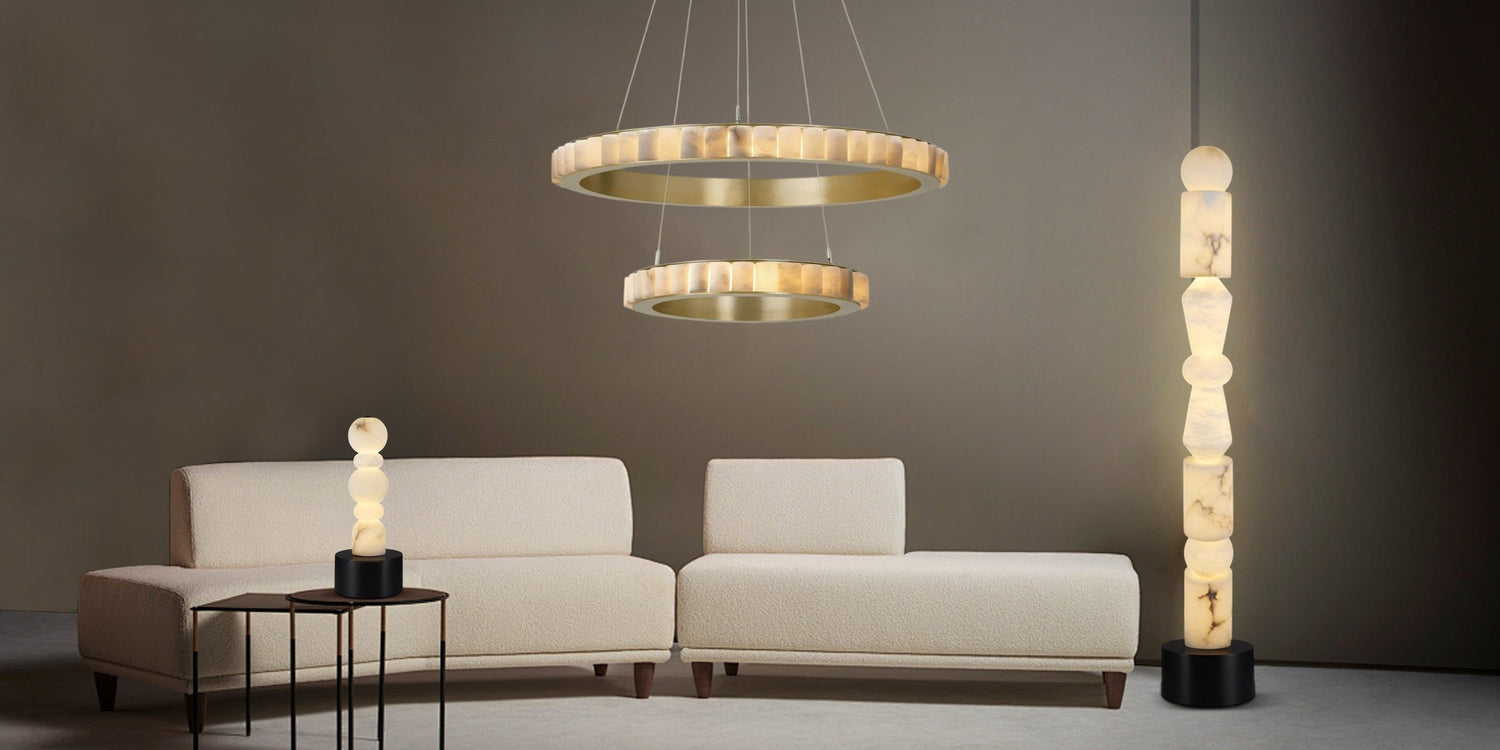
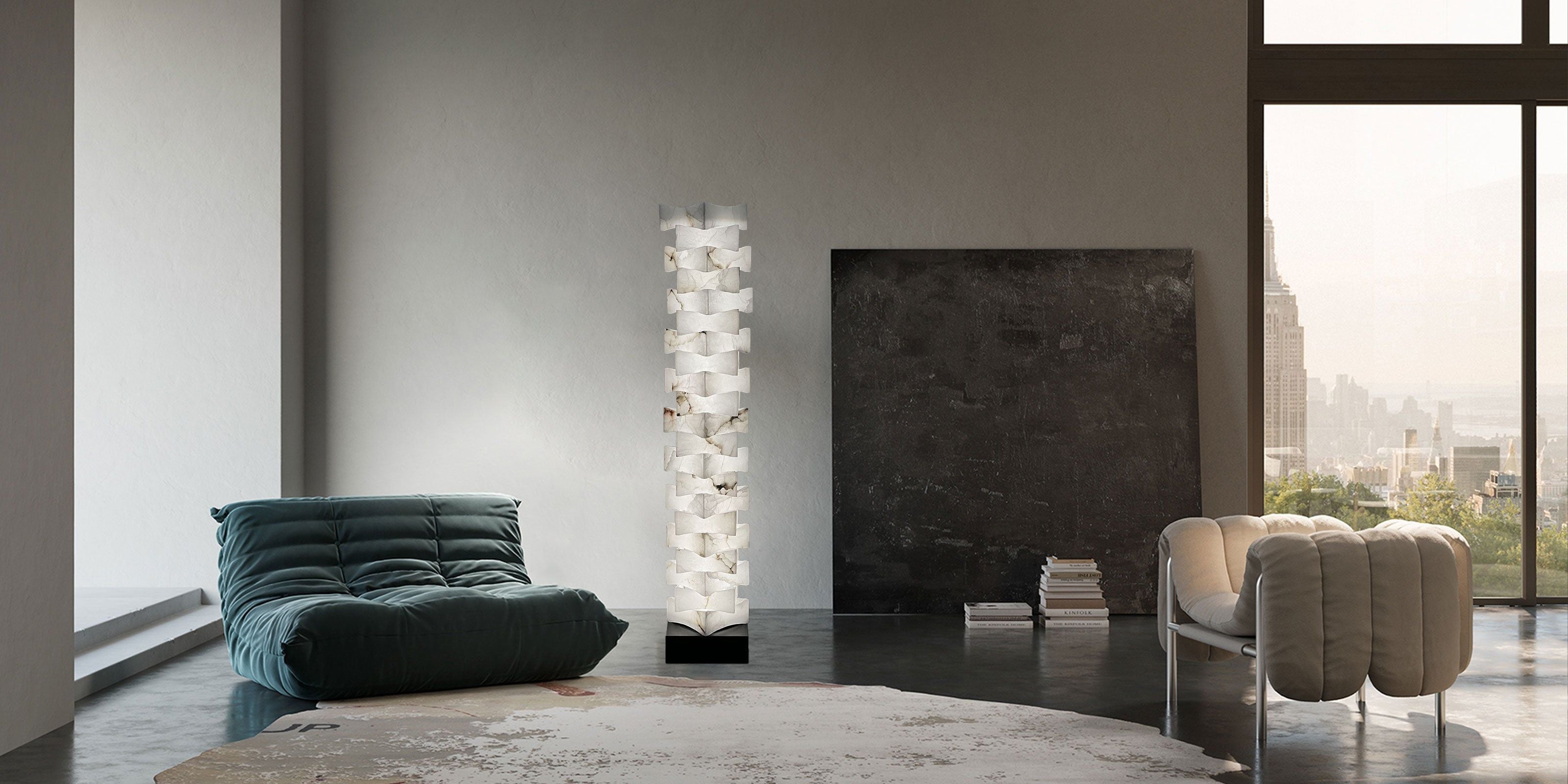

Leave a comment
This site is protected by hCaptcha and the hCaptcha Privacy Policy and Terms of Service apply.